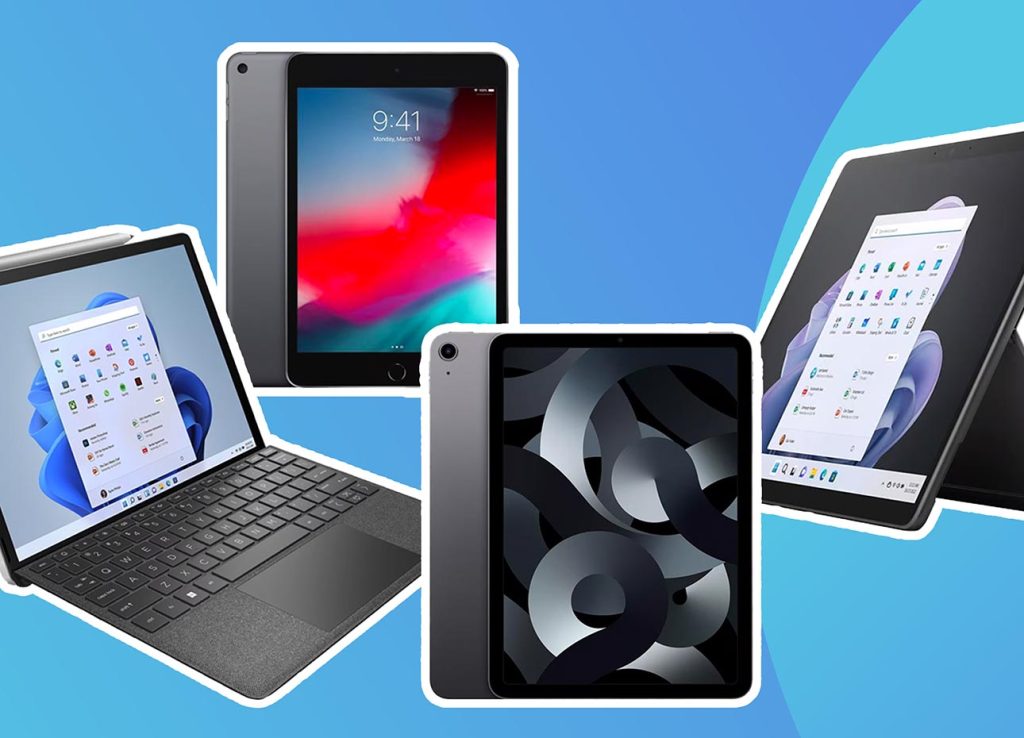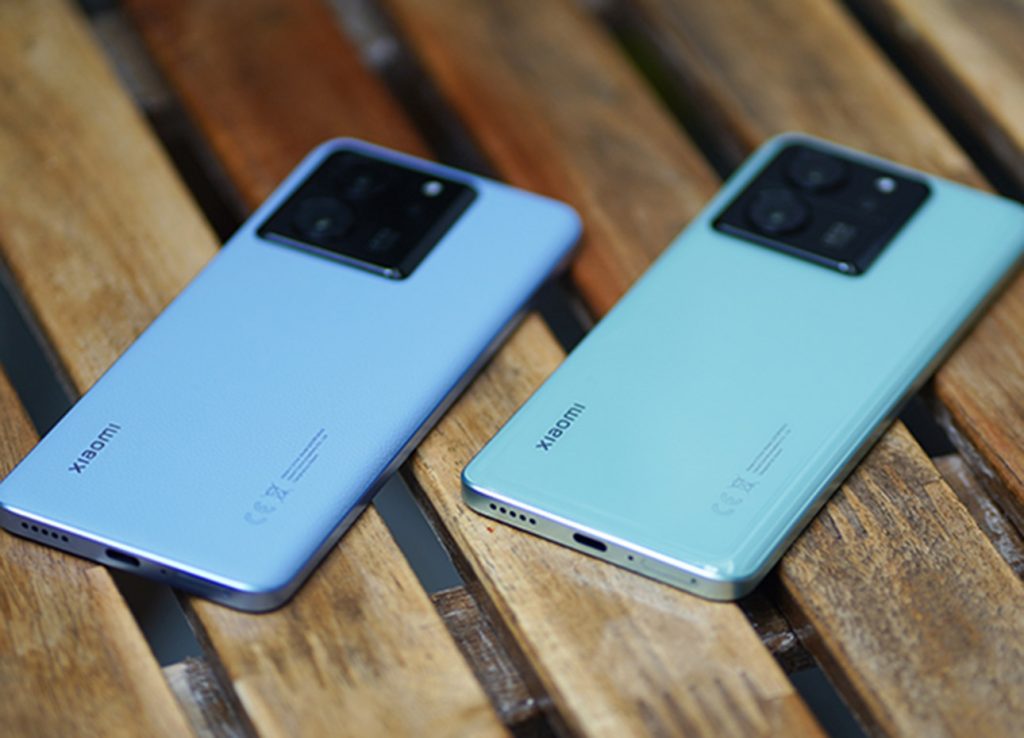
Tablet Buying Guide: Ideal for Studying or Entertainment?
In today’s tech-savvy world, the tablet has emerged as a multifunctional device, transcending its initial role as a mere gadget for leisurely browsing. The tablet’s versatility has positioned it as an indispensable tool, not only for entertainment but also as a pivotal instrument for educational endeavors.
Tablets have metamorphosed from basic media consumption devices into indispensable companions tailored to serve various purposes. Their adaptability is unparalleled, seamlessly accommodating the demands of educational pursuits and the diverse realms of entertainment. Whether it’s flipping through digital textbooks, annotating lecture notes, indulging in interactive learning apps, or immersing oneself in captivating movies, gaming adventures, or social media, the tablet embodies a convergence of study and entertainment within a single device.
Join us on this expedition through the realm of tablets, where we unravel the nuances, dissect the specifications, and help you embark on a journey to discover a device that perfectly aligns with your educational pursuits, entertainment desires, or even a harmonious blend of both.
Understanding Educational Tablet Needs
In the realm of educational tablets, the necessity for specific features tailored to support learning endeavors is paramount. A tablet aimed at educational pursuits must first prioritize compatibility with a diverse range of educational applications. Whether it’s interactive learning apps, digital textbooks, or collaborative platforms, the tablet should seamlessly accommodate these resources.
Moreover, a notable feature for an educational tablet is its adeptness in note-taking. An efficient stylus or touch input functionality coupled with applications that facilitate annotations, sketches, or handwritten notes further enhances its utility in academic settings. Additionally, e-book reading capabilities and support for PDFs are crucial for accessing educational materials conveniently.
Durability ranks high in importance, especially for devices intended for educational purposes. As these tablets might be handled by younger users or used extensively in educational environments, ruggedness against accidental drops, spill-resistant design, and reinforced chassis ensure longevity.
Battery life becomes a significant consideration for uninterrupted learning sessions. Tablets with extended battery endurance alleviate concerns of frequent recharging during a day filled with educational activities. Compatibility with educational software or platforms, ensuring seamless integration and functionality, is also a critical factor for a tablet intended for educational use.

Exploring Tablets for Entertainment
When exploring tablets for entertainment, an immersive viewing experience takes center stage. A larger screen size combined with high-resolution displays and advanced display technologies such as AMOLED or IPS panels elevate the visual experience. A wide color gamut, high pixel density, and HDR support contribute to vibrant, true-to-life visuals, enhancing movie streaming, gaming, or content consumption.
The tablet’s performance is pivotal for a seamless entertainment experience. A robust processor, ample RAM, and sufficient storage are essential for handling graphic-intensive games, high-definition streaming, or multitasking across various entertainment applications. Quick response times and smooth operation ensure an uninterrupted and immersive entertainment experience.
Furthermore, audio capabilities play a significant role in elevating the entertainment quotient of a tablet. Dual speakers, support for Dolby Atmos, or other sound enhancements contribute to a more immersive audio experience, especially while watching movies, playing games, or streaming music.
Comparative Analysis
A side-by-side comparison between tablets designed for studying and those oriented towards entertainment unveils a range of attributes catering to distinct user requirements. For educational tablets, advantages lie in their compatibility with educational applications and software, promoting note-taking capabilities, e-book reading, and facilitating productivity tools that enhance learning experiences. Durability, extensive battery life, and compatibility with educational software stand out as their key strengths.
On the other hand, tablets oriented for entertainment excel in offering immersive viewing experiences through larger high-resolution displays, advanced display technologies, and superior audio capabilities. Their robust performance attributes, including powerful processors, ample RAM, and sufficient storage, ensure seamless gaming, streaming, and multitasking experiences.
However, there exists a middle ground where features converge to serve both study and entertainment needs. Tablets offering versatile features like stylus support, advanced displays, and robust performance cater to users seeking a balance between educational and entertainment pursuits. For instance, a tablet with a high-resolution display, potent processor, and compatibility with educational apps can transition seamlessly from learning tasks to entertainment activities.
Factors Influencing the Purchase Decision
While choosing a tablet for study or entertainment, several overarching factors beyond specific needs come into play. Budget considerations remain pivotal, with a wide price range available for tablets catering to various needs. Brand preferences and familiarity with a particular ecosystem, such as iOS or Android, also influence users’ decisions.
Operating system preferences can significantly impact the selection process. Some users might lean towards a specific OS due to its user interface, app availability, or security features. Ecosystem compatibility is crucial for those already invested in a specific digital ecosystem, ensuring seamless integration with existing devices or services.
Ultimately, making an informed decision requires evaluating personal priorities. Prioritizing features based on individual needs, such as display quality, performance, or specific software requirements, helps in choosing a tablet that best aligns with an individual’s preferences and usage patterns.

Real-Life User Experiences
Gathering insights from real users’ experiences provides invaluable information about tablet performance in diverse scenarios. User reviews often highlight crucial aspects like functionality, usability, and overall satisfaction with tablets meant for either studying or entertainment.
For educational purposes, users often appreciate tablets with intuitive interfaces that support educational apps and e-learning platforms seamlessly. Positive feedback typically revolves around features that aid note-taking, digital textbook compatibility, and robust battery life, ensuring uninterrupted study sessions. User testimonials often cite instances where a tablet’s durability, compatibility with educational software, and efficient multitasking capabilities significantly contributed to their learning experiences.
Regarding entertainment-focused tablets, user reviews frequently emphasize the immersive visual and audio experiences. Tablets praised for their large high-resolution displays, vibrant colors, and excellent sound quality offer users an enhanced experience while watching movies, gaming, or streaming content. Positive feedback often revolves around smooth performance, gaming capabilities, and the device’s overall multimedia experience.
For individuals leaning towards educational pursuits, selecting a tablet emphasizing compatibility with educational apps and enhanced productivity tools is paramount. Conversely, those seeking entertainment should prioritize tablets with larger displays, superior audio-visual capabilities, and powerful performance.
Moreover, recommending a balanced approach for users seeking versatility in their tablets, one that offers a blend of features catering to both educational and entertainment needs, ensures a more flexible and adaptable device.

